Spice Swap Secrets: 7 Zesty Alternatives to Ginger (No Root Required!)
Are you tired of reaching for the same old ginger jar every time you whip up a stir-fry, bake a batch of cookies, or brew your morning tea? What if I told you that there’s a whole world of spice substitutes just waiting to jazz up your flavor game — without ever touching a piece of ginger?
Welcome to the ultimate guide on substituting spices for ginger. Whether you’re out of ginger, avoiding it due to allergies, or simply looking to experiment, this list will give you fresh ideas and practical tips to keep your kitchen exciting.
Table of Contents
- Why Substitute Ginger?
- Top 7 Ginger Alternatives
- How to Use Them in Recipes
- Pro Pairing Tips for Each Substitute
- Visual Spice Comparison Table
- Final Thoughts
Why Substitute Ginger?
Ginger is one of the most beloved spices in global cuisine — from Indian chai to Japanese gari, American gingerbread to Caribbean jerk seasoning. But sometimes, you might need a substitute because:
- You're out of stock (we’ve all been there).
- You’re allergic or sensitive to ginger.
- You want to change up the flavor profile.
- You're cooking for someone who doesn’t like ginger.
Whatever the reason, the good news is that many spices can mimic ginger's heat, brightness, or earthiness — and some even bring something totally new to the table!
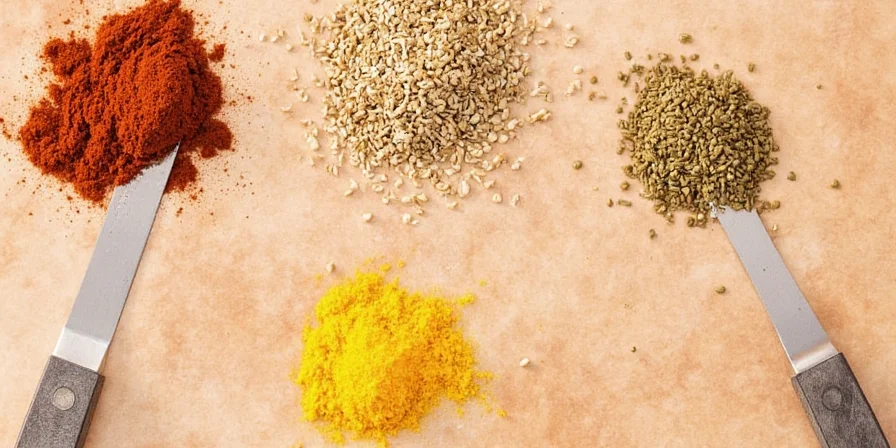
Top 7 Ginger Alternatives (And Why They Work)
- Fresh Galangal – The Thai twist on ginger with a sharper, piney note.
- Turmeric – Brings warmth and color, minus the kick.
- Cumin – Great for grounding dishes when you don’t need heat but want depth.
- Allspice – Offers ginger-like spiciness with cinnamon and clove notes.
- Nutmeg – Perfect for sweet recipes where ginger isn’t the main event.
- Black Pepper – Adds heat and complexity, especially in savory dishes.
- Grated Carrot or Apple – A surprising trick for texture and mild sweetness in raw applications.
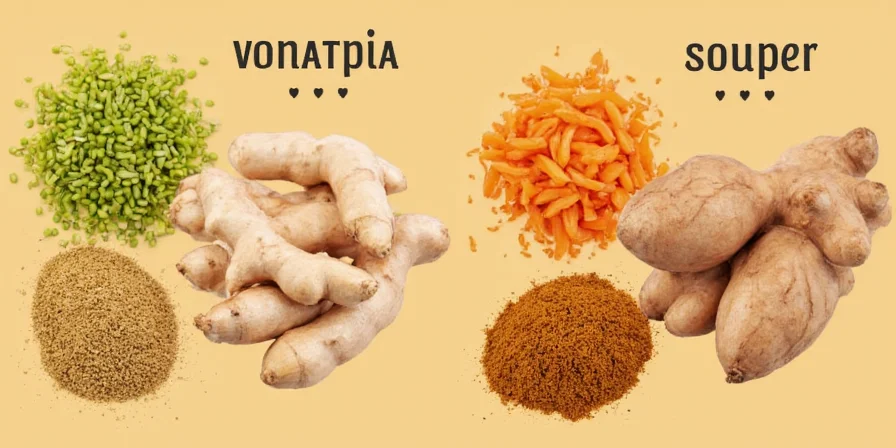
How to Use Them in Recipes
Here’s a breakdown of how each substitute works in different types of dishes:
| Substitute | Ideal For | Flavor Profile | Usage Tip |
|---|---|---|---|
| Galangal | Thai soups, curries, seafood dishes | Pungent, citrusy, peppery | Use fresh, thinly sliced or grated |
| Turmeric | Rice, stews, golden milk, smoothies | Earthy, warm, slightly bitter | Add black pepper to boost bioavailability |
| Cumin | Middle Eastern, Indian, Mexican cuisines | Nutty, spicy, smoky | Toast before using to enhance aroma |
| Allspice | Baking, marinades, mulled drinks | Peppery, clovey, nutty | Use half the amount of ginger called for |
| Nutmeg | Apple pies, custards, eggnog | Sweet, woody, aromatic | Only use a pinch — too much can be overpowering |
| Black Pepper | Stews, roasted veggies, sauces | Sharp, hot, woody | Use freshly ground for best results |
| Carrot/Apples | Salads, slaws, quick breads | Sweet, crisp, mild | Shred finely for texture and subtle flavor |
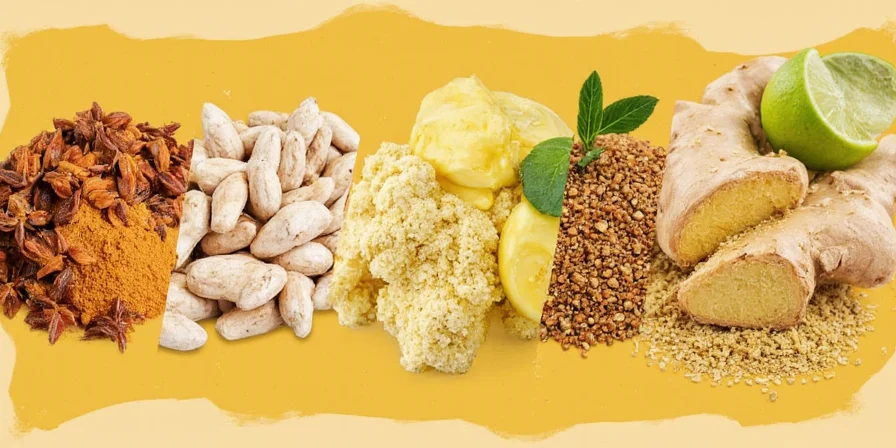
Pro Pairing Tips for Each Substitute
Want to make sure your swap doesn't end in culinary chaos? Here are pairing hacks for each substitute to help you nail the flavor every time:
- Galangal: Pairs well with lemongrass, kaffir lime leaves, and coconut milk — perfect for Tom Kha Gai soup.
- Turmeric: Team with garlic, cumin, and coriander for a curry blend that’ll make your taste buds sing.
- Cumin: Go bold with chili powder, smoked paprika, and dried oregano for taco night magic.
- Allspice: Blend with cinnamon and cloves for classic holiday baking flavors.
- Nutmeg: Combine with vanilla extract and butter for creamy desserts or béchamel sauce.
- Black Pepper: Add cracked black pepper to olive oil-based vinaigrettes or rub onto grilled meats for extra bite.
- Carrot/Apples: Mix into coleslaw with lime juice and sesame oil for an Asian-inspired crunch.
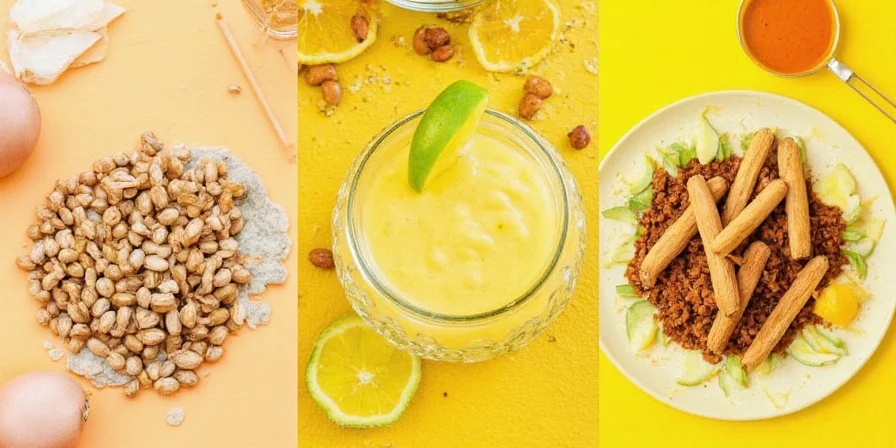
Visual Spice Comparison Table
To make things even clearer, here’s a quick visual comparison between ginger and its substitutes based on key attributes:
| Spice | Heat Level | Color | Texture | Best Used In |
|---|---|---|---|---|
| Ginger | Medium | Light yellow inside | Fibrous, moist | Soups, stir-fries, teas |
| Galangal | High | Pale pinkish-white | Hard, crunchy | Curries, broths |
| Turmeric | Low | Vibrant orange-yellow | Smooth powder | Golden milk, rice |
| Cumin | Low-Medium | Earth brown | Seedy, coarse | Curries, tacos |
| Allspice | Medium | Brown | Dense, whole berries or powder | Baked goods, marinades |
| Nutmeg | Low | Light brown | Soft, oily | Deserts, sauces |
| Black Pepper | Medium-High | Black/Grey | Coarse grains | Almost everything! |
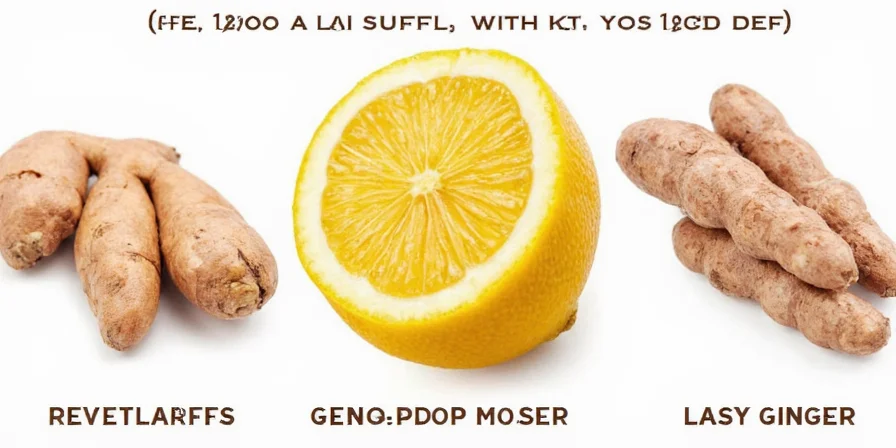
Final Thoughts: Spice It Up Without the Ginger
So there you have it — seven smart, flavorful ways to swap out ginger without losing the zing or depth in your dishes. Whether you’re exploring global flavors, adjusting for dietary needs, or just feeling adventurous in the kitchen, these alternatives open the door to creativity and variety.
Don’t be afraid to mix and match. Remember, cooking is part art, part science — and spice substitutions are your secret weapon for turning a simple recipe into something extraordinary.
Happy spicing!
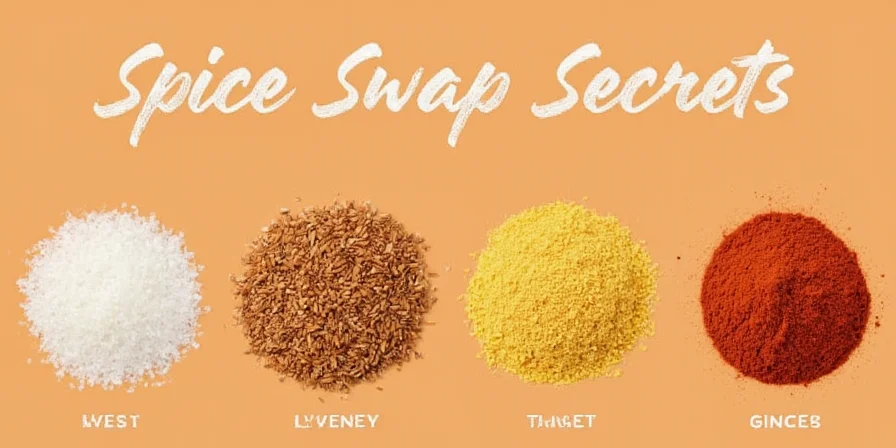
Quick Recap: Best Substitutes at a Glance
- For heat and punch: Galangal or Black Pepper
- For warmth and color: Turmeric
- For savory depth: Cumin or Allspice
- For sweet flair: Nutmeg
- For texture & mildness: Grated Carrot or Apple

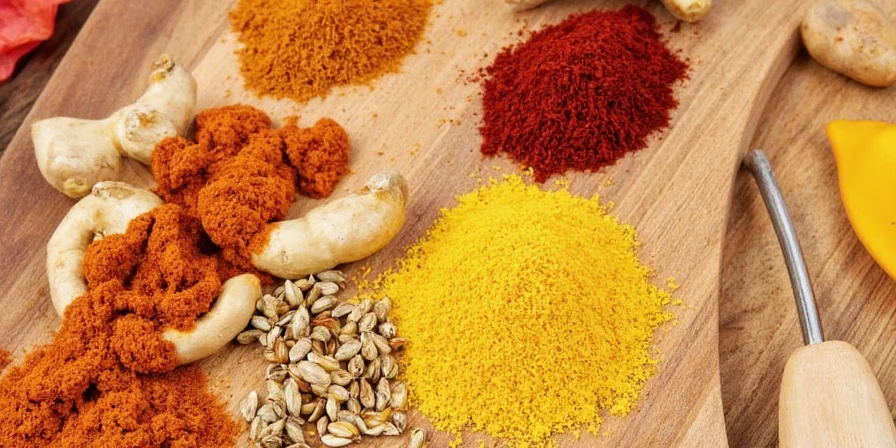









 浙公网安备
33010002000092号
浙公网安备
33010002000092号 浙B2-20120091-4
浙B2-20120091-4